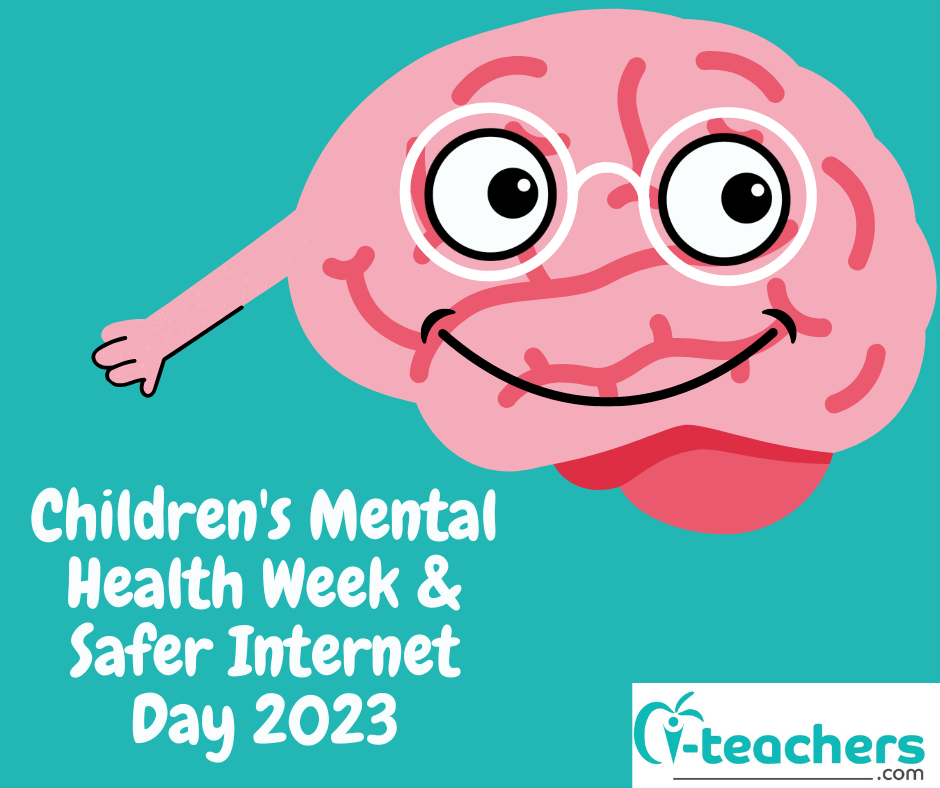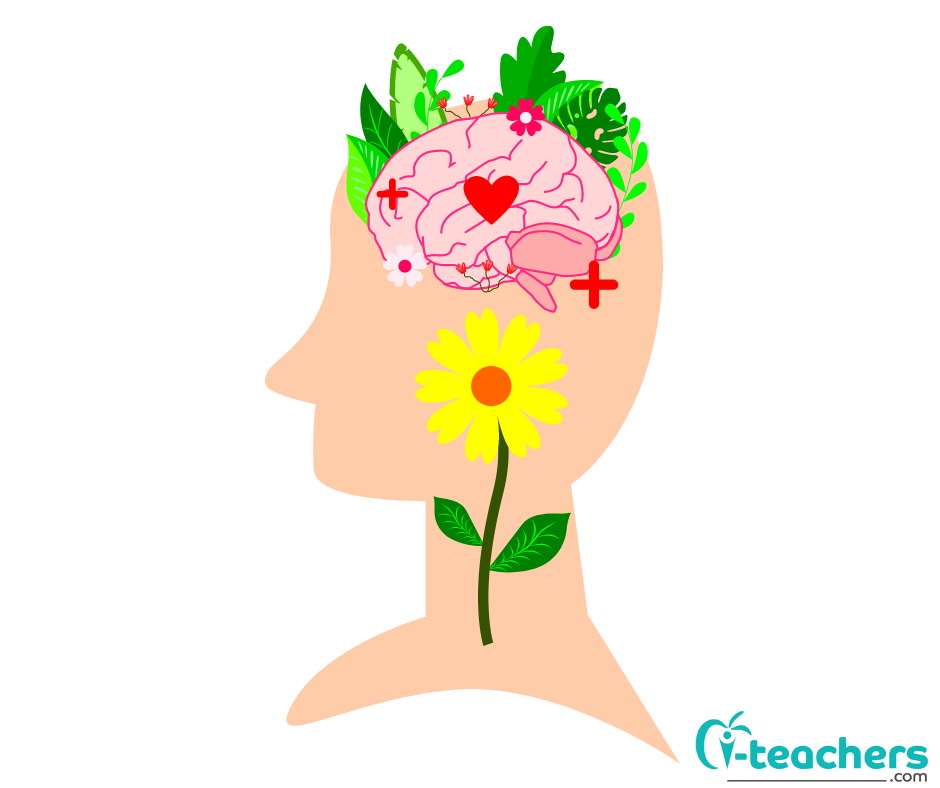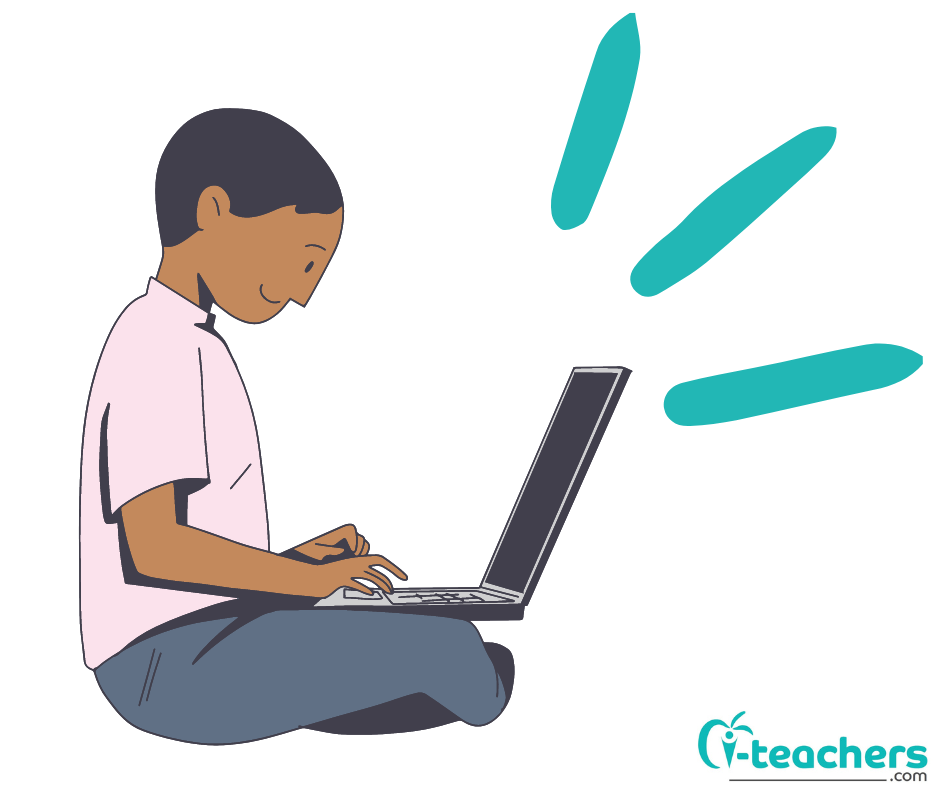
Did you know that this week marks Place2Be’s Children’s Mental Health Week? Launched in 2015, Children’s Mental Health Week shines a spotlight on the importance of children and young people’s mental health. Now in it’s ninth year, Place2Be are hoping to encourage more people than ever to get involved, spread the word and raise vital funds for children’s mental health.
Safer Internet Day also falls this week (7th February) – a day dedicated to online safety awareness. This year’s celebrations and learning are based around the theme ‘Want to talk about it?’. Coordinated by the UK Safer Internet Centre, the celebration sees thousands of organisations get involved to promote the safe, responsible and positive use of digital technology for children and young people.
We have put together some great information and ideas on how your school can get involved in both Children’s Mental Health Week and Safer Internet Day!
What is Children’s Mental Health Week?
First launched in 2015, Children’s Mental Health Week is the key national moment for recognising children’s mental health. The theme this year is Let’s Connect. When we have healthy connections – to family, friends and others – this can support our mental health and our sense of wellbeing. When our need for rewarding social connections is not met, we can sometimes feel isolated and lonely – which can have a negative impact on our mental health. This year’s Children’s Mental Health Week is focused on encouraging young people to connect with others in healthy, rewarding and meaningful ways.

What is Safer Internet Day?
Safer Internet Day is the UK’s biggest online safety awareness day, and in 2023 will take place on 7th February 2023. This year the focus is ‘Want to talk about it? Making space for conversations about life online’. The aim is to celebrate by putting children and young people’s voices at the heart of the day and encouraging them to shape the online safety support they receive.
UK Safer Internet Centre are asking parents, teachers, carers, government, policymakers and the wider online safety industry to take time to listen to children and young people and make positive changes together. This year they are hoping to answer the following questions:
- What issues really matter to children and young people?
- What changes do they want to see?
- How can we all work together to advocate for them moving forward?
How do online safety and mental health work together?
Young people are spending more and more time online and there is no doubt that this time will impact their digital wellbeing and mental health (both positively and negatively). A recent UNICEF report found that more than 1/3 of young people report being cyberbullied, with 1 in 5 reporting to have missed school time due to it.
However, there is no doubt that young people also gain great experiences from being online, not only for communicating with friends or family but also for finding support, researching and much more. In schools, conversations you start about online safety and the impact it has on mental health can help young people to feel empowered to speak out and talk to an adult if they feel concerned about something they experience online.

How your school can support Children’s Mental Health Week and Safer Internet Day
By incorporating Safer Internet Day into your Children’s Mental Health Week celebrations, you can ensure that your students are considering their wellbeing – whether spending time online or offline.
Here are a few ways you can get your school involved:
Talk to your students about building online relationships
With growing concerns around e-safety, it is essential as a teacher to discuss why building online connections could come with certain risks and real-life ramifications.
Place2Be have created an activity toolkit for students 14-18 years old to get them thinking about how they approach building safe and healthy relationships. Use this to guide your discussion with your students and encourage them to feedback what they have learned.
The Safer Internet Day resources for secondary school students are also fantastic at creating opportunities for your students to reflect on different forms of online communication and explore the influence of technology on their relationships and interests.
Social media
A recent survey done by Stem4 found that a huge 97% of children starting secondary school are already on social media. Worryingly, 70% of these children reported feeling of stress, anxiousness and depression linked to using social media.
As schools, you can help support them by creating a safe environment to discuss some of the advantages and disadvantages of life online. We recommend having a read of Childnet’s advice on what to do if your students see something online that upsets them.
Anonymous box
It is likely that a lot of students will have questions related to both their internet safety and their general mental health. However, it is likely that many of them will feel embarrassed or not confident enough to talk to a teacher about it. A great idea is to create an anonymous box in which they can post their worries or general feelings into. This will give you a wider view of what your students are struggling with and allow you to see what needs focusing on in the classroom.
